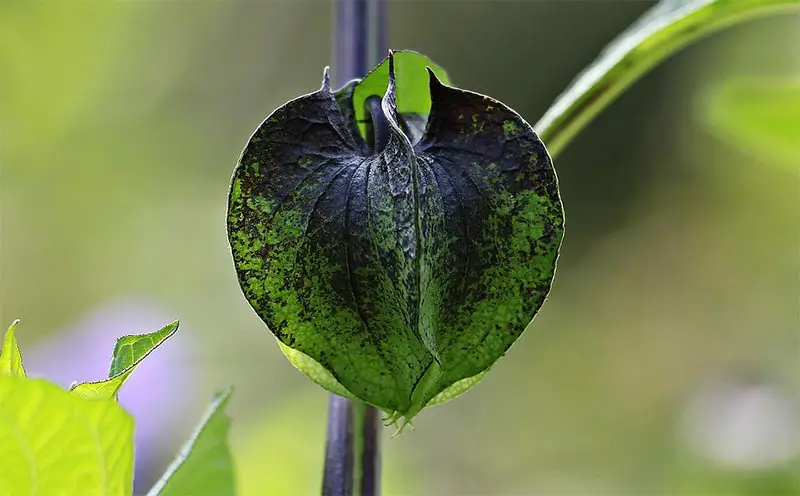
Also, look for what they did not describe. Look for students' ability to describe trees by the words they use and what they thought was worthy of describing. Assess students' ability to work cooperatively in groups.Ģ. display leaf drawings in the classroom Evaluationġ. have each group share their description of one of the trees they selected, listen for the wording they use to describe the treesĭ. let students know how much time they have leftĪ. go from group to group observing students and answering questionsĮ. give students time to observe and discoverĭ. guide groups to locations outside¬-have areas selected for easy access to trees and to save timeĬ. put students in groups of 3-give each member of the group a clipboard, paper, and pencilĪ. write what kind of tree you selected and a description about it, students will use their own vocabulary to describe tree with the purpose being to find out what they already know use senses touch, smell, and sight to examine leaf observe tree and leaf¬-discuss with partners explain what is expected of students when they are outside write down what students know and want to learn - use a KWL if you likeĭ. students will say what they know about trees and what they would like to learn about treesĬ. discuss trees and their impact on our livesī. Teaching Model Used: Discovery, Hands-on, and Cooperative grouping MethodsĪ. 4.2.4.C Know that some natural resources have limited life spans.3.3.4.B Know that living things are made up of parts that have specific functions.3.2.4.C Recognize and use the elements of scientific inquiry to solve problems.3.2.4.B Describe objects in the world using the five senses.* area outside to observe and examine trees The following lessons will provide them with the terminology for describing trees.
#Tree leaf guide how to#
I want them to use their own words to describe trees and their parts. How to identify trees by their leaves Star-shaped leaves Palmate leaves Spiky leaves Lobed or wavy leaves Pinnate leaves Leaf-shaped leaves Round. Note about this lesson: This lesson is an attempt to find out what the students already know and determine their ability to come up with words to effectively describe what they know. Topics Covered: Leaf/Tree Identification, Terminology Goals for the lesson Two examples of each type are shown here.Subject Covered: Science¬-Environment and Ecology Tree identification by leaf shape – The first step is to decide whether the tree is a Broadleaf tree or a Conifer.


When you take the photograph always include a hand or finger alongside it to indicate the size of the leaf.
#Tree leaf guide download#
If you can take a photo of the upper side and lower side of the leaf, download it to your computer and compare it with other leaves in this guide when you get home. Most Conifers are Evergreens and have leaves all the year. Many conifers have leaves in the form of needles – are they clustered or in rows and how long are they? Most Broadleaf trees have leaves from spring to autumn. Is the leaf lobed or split into leaflets. Note the veins visible on the underside – how many are there on each side of the main rib and are they straight or curved. Get hold of a leaf, examine it closely and note the shape of the leaf, its size and colour and whether it is toothed or smooth edged. You can most reliably identify a tree by the shape, colour and size of its leaves. Click HERE to go directly to the Conifer Leaf Key Tree identification by leaf shape – click HERE to go directly to the Broadleaf Leaf Key.


 0 kommentar(er)
0 kommentar(er)
